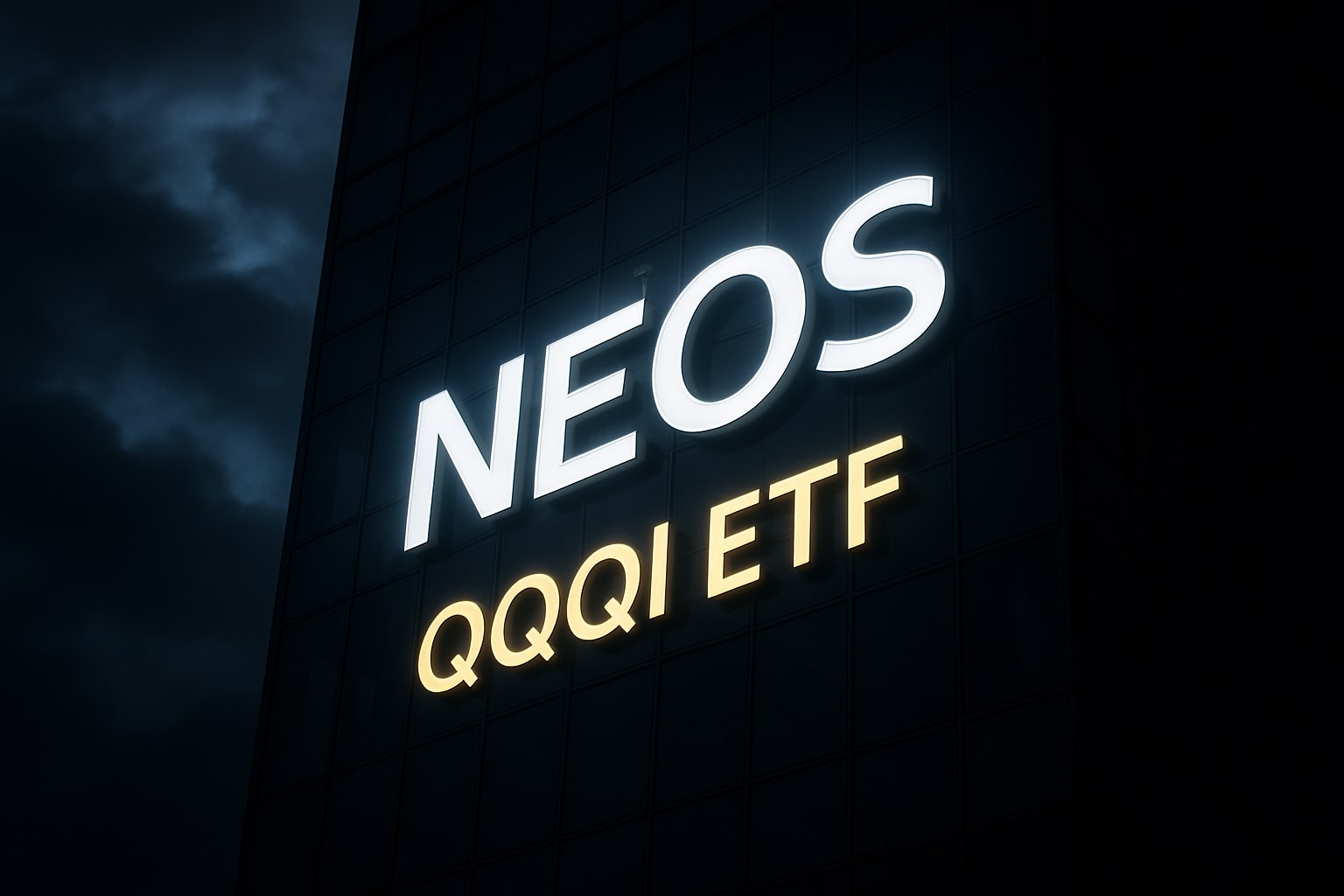
Nvidia Stock Price Forecast - NVDA Shares Slumps to $175.84 as Meta–Google TPU Pact Sparks $150B AI Selloff
AI market shock hits Nvidia after Meta plans to adopt Google’s Tensor Processing Units; investors fear margin erosion despite record $57B quarterly revenue | That's TradingNEWS
Nvidia Faces $150 B Selloff as Meta–Google Deal Threatens AI Chip Dominance
Financial Strength and Record Growth Momentum
Nvidia (NASDAQ: NVDA) remains the global leader in GPU compute but now faces its sharpest competitive challenge since the AI boom began. As of November 25 2025, NVDA trades at $175.84, down 3.68% intraday after a steep $6.71 loss, with a market capitalization of $4.27 trillion. The selloff erased nearly $150 billion in market value within hours, highlighting the sensitivity of investors to any erosion of its data-center monopoly. Financially, Nvidia’s Q3 FY2026 results were record-breaking: revenue hit $57.01 billion, up 62.49% year-on-year; net income $31.91 billion, up 65.26%; operating expense $5.84 billion, up 36.2%; and a net profit margin of 55.98%. Earnings per share reached $1.30, a 60.49% increase, while EBITDA rose 64.5% to $36.76 billion. The company maintains over $60.6 billion in cash and $161 billion in total assets, with a lean balance sheet of $42 billion liabilities. Return on assets at 59.6% and return on capital near 75% underline unmatched capital efficiency in the semiconductor sector.
Google’s TPU Offensive and Meta’s Strategic Shift
The immediate catalyst behind Nvidia’s $150 billion loss was confirmation that Meta Platforms (NASDAQ:META) is in talks to lease and later purchase Google’s Tensor Processing Units (TPUs) starting 2026, deploying them internally by 2027. Meta’s AI infrastructure budget, estimated between $70 billion and $72 billion annually, could divert 10–15% toward Google’s TPUs, cutting $4–7 billion per year from GPU purchases. For Google (NASDAQ:GOOG), this translates into a direct multibillion-dollar revenue stream and a validation of its TPU performance gains—15–30% faster inference and superior energy efficiency versus Nvidia’s GPUs. The shift signals a structural challenge to Nvidia’s pricing power across hyperscaler clients. Analysts note that if Meta executes even 10% of its plan, Nvidia could lose up to 10% of annual data-center revenue, a direct hit of nearly $5 billion–$7 billion annually based on current run-rates.
Market Reaction and Valuation Pressure
The market response was immediate. Nvidia fell over 6% in early trading, partially recovering to -3.7% by 1 p.m. EST. The broader Nasdaq weakened while Dow Jones components rose, reflecting sector rotation away from overbought AI equities. Meanwhile, Alphabet rose 0.7%, nearing a $4 trillion market cap, and Meta jumped 3%, reflecting optimism over cost savings. Nvidia now trades at a P/E of 43.56, compared with Meta’s 27.7× and AMD’s 34.8×, indicating stretched valuation risk if gross margins compress. Nvidia’s price-to-book multiple stands at 37.33, implying high premium on growth sustainability. The company’s dividend yield remains negligible at 0.02%, underscoring reliance on capital appreciation. Average daily volume above 200 million shares confirms heightened volatility as investors reassess AI leadership dynamics.
AI Hierarchy and Competitive Reset
The release of Google’s Gemini 3 LLM, trained entirely on TPUs, triggered a psychological pivot in markets. Analysts from Nomura and Jones Trading called it a “new DeepSeek moment,” resetting the AI hierarchy and challenging Nvidia’s narrative of unassailable leadership. Google’s TPU-based ecosystem offers an alternative computing stack that bypasses CUDA dependency—a cornerstone of Nvidia’s dominance. The Gemini 3 launch coincided with rumors that Meta may expand TPU use for training as well as inference workloads, potentially cutting long-term GPU orders even further. For Nvidia, which derives ≈90% of revenue from data centers, the threat is not immediate market share loss but future pricing erosion and margin compression as hyperscalers gain leverage.
Nvidia’s Strategic Counter and Sovereign AI Expansion
Internally, Nvidia is pushing back on market narratives suggesting financial overreach or accounting concerns. In a private memo to analysts dated November 24, the company dismissed comparisons to Enron and WorldCom, stating that its financial reporting is “complete and transparent.” It clarified that $91 billion in share repurchases since 2018 has been misstated by critics, and that employee equity grants were appropriately accounted for. Operationally, Nvidia continues to dominate GPU shipments, shipping nearly 1 million Blackwell GPUs per quarter and expanding into Sovereign AI projects across Saudi Arabia and other governments. Partnerships with entities such as Humain (PIF-backed) and Brookfield’s $100 billion AI infrastructure initiative are positioning Nvidia as the preferred supplier for national AI data centers. The company targets $240 billion in annual free cash flow by 2030, implying roughly 30% compound revenue growth and 40% FCF margins.
Read More
-
Tesla Stock Price Forecast - TSLA Shares Surges to $418 as AI, Robotaxis, and Energy Growth Redefine Its Future
25.11.2025 · TradingNEWS ArchiveStocks
-
XRP Price Forecast - XRP-USD Breaks Above $2.20 as Analysts Puts $8 Target
25.11.2025 · TradingNEWS ArchiveCrypto
-
Oil Price Forecast - Oil Prices Crash as Ukraine Peace Deal and Supply Surge Ignite Global Oil Selloff
25.11.2025 · TradingNEWS ArchiveCommodities
-
Stock Market Today: Alphabet Nears $4 Trillion as NVDA Stock Tumbles 4.6% and Dow Outperforms Nasdaq
25.11.2025 · TradingNEWS ArchiveMarkets
-
GBP/USD Price Forecast - Pound (Cable) Steadies at 1.3118 as Markets Await UK Budget
25.11.2025 · TradingNEWS ArchiveForex
Outlook and Verdict
Nvidia retains near-total control of the AI compute ecosystem, powering up to 90% of global AI training and inference tasks. Even with Google’s TPU offensive and Meta’s exploration of alternatives, supply constraints and Blackwell GPU demand remain strong. The company projects $65 billion revenue for Q4 2025, indicating continued double-digit growth. Valuation pressure and competitive headlines may create short-term volatility, but fundamental strength is intact. Nvidia is positioned to benefit from both commercial and sovereign AI buildouts and remains the most profitable hardware supplier in the sector.
Verdict: BUY — short-term volatility offers strategic entry for long-term AI exposure.



















